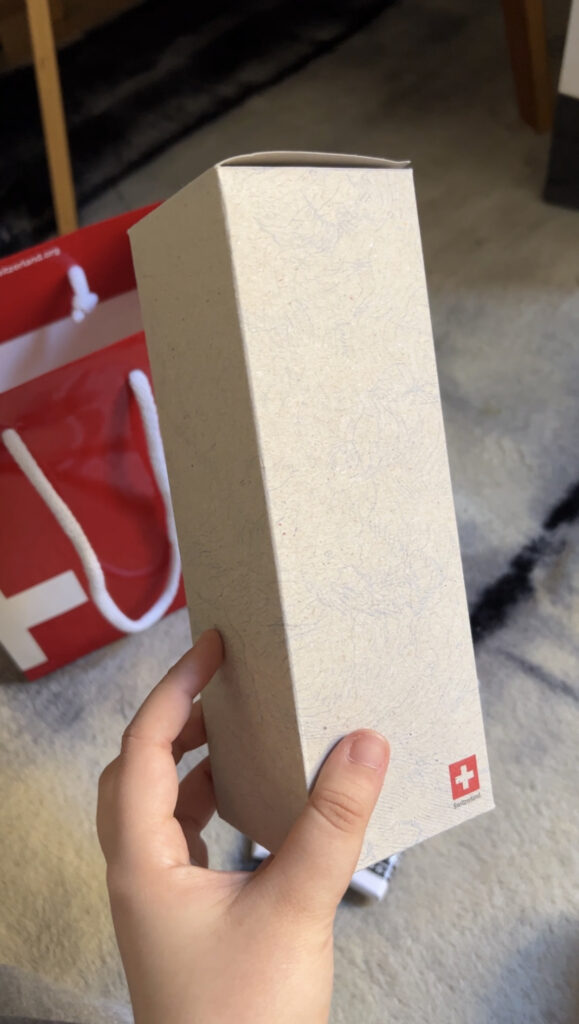
Menu
Day 27 – Home working, Design Thinking and Swiss Embassy
Timothe and Ainhoa started the day working from home for BEEM, while Dila had her final meeting at the Swiss Embassy to complete her project regarding the Reel she had made for them. The feedback from the people of the Embassy was very positive! They were really happy about how the video turned out. There was only a small text adjustment that needed to be done for the thumbnail. Once everything was final, she sent the files to the people of the Embassy. As thanks Dila and Ainhoa even received a gift (some chocolates and a thermos flask) from the Embassy which was very kind of them and a great end for this project.
Around lunch, they all got ready to leave as they had to meet at 14:00 in 10 Hudson Yards in the SAP office to meet Joann Halpern, who gave a very interesting talk about design thinking, its application, and best practices.
Joann then went on to discuss the five stages of design thinking in more detail.
- Understand: This stage is all about gaining empathy for the user and deeply understanding their needs and perspectives.
- Empathize: This stage is all about understanding the user’s needs and pain points. Joann emphasized the importance of doing user research and talking to users directly to get their insights.
- Define: Once you have a good understanding of the user’s needs, you can start to define the problem that you are trying to solve. Joann suggested using clear and concise language to define the problem, and to make sure that the problem is specific, actionable, measurable, relevant, and time-bound.
- Ideate: The ideate stage is all about generating creative solutions to the problem that you have defined. Joann encouraged the participants to think outside the box and to come up with as many ideas as possible, no matter how crazy they may seem.
- Prototype: Once you have some ideas, it is time to start prototyping. Prototyping is a way to create a rough draft of your solution so that you can test it with users and get their feedback. Joann suggested using low-cost and easy-to-use materials to create prototypes, such as paper, cardboard, and tape.
- Test: The test stage is all about getting feedback from users on your prototype. Joann recommended testing your prototype with a small group of users early on in the design process. This will help you to identify any problems with your solution and make necessary improvements.
Joann then made some very nice examples of design thinking.
In general the talk way very interesting and definitely useful for our careers.

